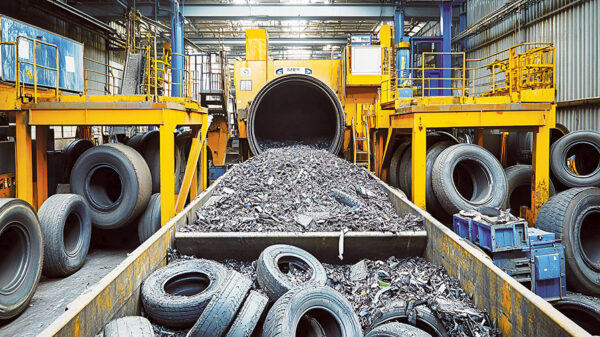The Recycling Partnership reported on the progress of the Polypropylene Recycling Coalition and provided insights into the changing landscape of polypropylene recovery.
Including the latest round of grants awarded this month, the Coalition has provided $10.3 million in grant funding to 41 materials recovery facilities (MRFs) to support new and improved polypropylene capture and recycling community education to residents. The Partnership estimates that once MRFs can install and operationalize new equipment, these investments will result in more than 42 million new pounds of polypropylene recovered annually for processing in growing U.S. markets, and ultimately give this material another life as it gets incorporated into new products. As a result of the Coalition’s investment, 34.2 million people in the U.S. will have new or improved ability to recycle polypropylene as part of their recycling programs, keeping valuable recyclables out of landfills.
With 41 grantees at varying stages of their projects, ranging from ordering of their new equipment to installation and operation, one-third of grantees have had their equipment in place long enough to provide sufficient data on the impact of the grants . The reporting facilities collectively captured 1.3 million pounds of polypropylene annually pre-grant; post-grant they are capturing 11 million pounds of polypropylene annually – a ninefold increase. Translated into recycling rates, this represents an estimated increase from 1.2 percent pre-grant to 10 percent post-grant.
“In the last few years, there has been notable investment in polypropylene recycling,” said Brittany LaValley, senior director of Materials Advancement at The Partnership. “While polypropylene is undoubtedly making progress as a recyclable material through the Coalition’s support and other meaningful investment, much more work and investment will be needed to make it a universally accepted recyclable material,” she said.
Polypropylene’s popularity as a material used in product packaging has fueled both an increase in the amount of it generated by U.S. households and a surge in demand for post-consumer recycled polypropylene. According to The Recycling Partnership, single-family households in the U.S. are estimated to generate more than 2 billion pounds of polypropylene each year.






